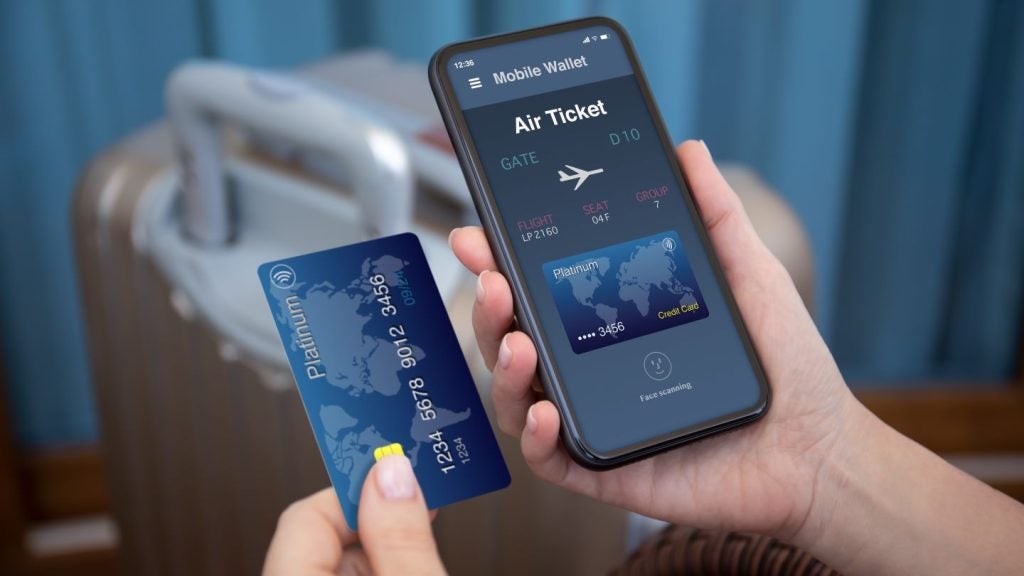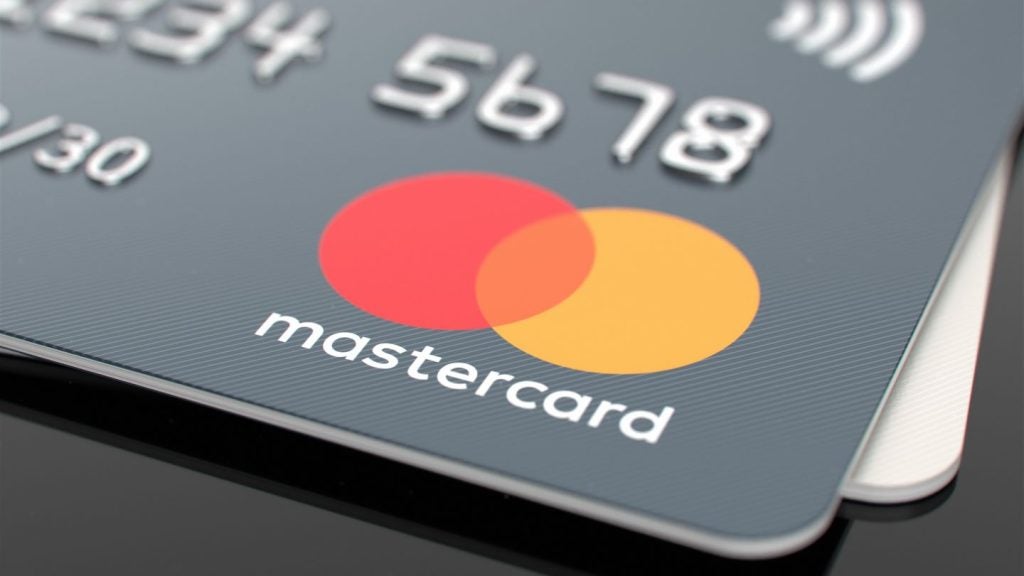In a very short time, certain countries have fully embraced mobile wallets. Ease and convenience have been crucial factors, but even so, adoption has been rapid. Patrick Brusnahan examines research on the latest huge trend for payments
Apple launched its first mobile payment app in 2014. It was swiftly followed by offerings from Samsung and Android. According to information and comparison provider Merchant Machine, the transaction value of payment apps will reach close to $14trn by 2022, but why has the solution grown so quickly?
Countries that are known for embracing technology have treated mobile wallets the same way. China leads the pack, which should come as little surprise given that Alipay and WeChat Pay are the two dominant platforms in a country with such a high GDP, making their market share even more valuable.
According to Merchant Machine’s estimates, 47% of phone owners use mobile wallets. Norway, part of the innovative Scandinavian region, has the highest mobile wallet usage in Europe.
Currently, 42% of Norwegian mobile phone users also use mobile wallets; in the UK the figure is 24%. Similar to China, the advance of technology in Japan has led to high adoption by its population, and 20% of the nation use mobile wallets. Following just behind is Australia with 19%, placing ahead of nations such as the US and Singapore. According to GlobalData, 18.9% of consumers worldwide have a mobile wallet and use it, while 12% have one but do not.
However, there are concerns about how high actual levels of adoption could be. In GlobalData’s survey, 42.3% of people would never use their mobile phone to pay at shops; this figure rises to close to 60% in the UK.
How well do you really know your competitors?
Access the most comprehensive Company Profiles on the market, powered by GlobalData. Save hours of research. Gain competitive edge.

Thank you!
Your download email will arrive shortly
Not ready to buy yet? Download a free sample
We are confident about the unique quality of our Company Profiles. However, we want you to make the most beneficial decision for your business, so we offer a free sample that you can download by submitting the below form
By GlobalDataUse by Generations
To the shock of nobody, the 18-34-yearold bracket is the most interested and most utilising of mobile wallets.
Just under half of smartphone users in this age group use mobile wallets, with a further 32% interested by the concept. However, interest is not exclusive to that demographic. Of those aged between 35 and 44 years, 44% of smartphone users have a mobile wallet, and less than a quarter are uninterested in them.
Furthermore, 27% of those aged between 55 and 64 are interested in using a mobile wallet, and 30% already have one. On the other hand, according to GlobalData, 48.2% of consumers aged between 55 and 64 years old do not have a mobile wallet and would not be interested in getting one.
In terms of which mobile wallet is leading the way, it is clear that WeChat Pay is dominant; it has 600 million users – a figure higher than many of its competitors combined. Alipay also has a wealth of users, 400 million of them in 2017. Apple and Samsung do not even come close. Following release, 36% of iPhone users had set up Apple Pay, and in 2017 it was estimated that 87 million people worldwide used the service.
With 34 million, Samsung Pay has less than half of that level of takeup, and usage actually dropped by 4% after its first two years. Merchant Machine founder Ian Wright says: “It’s inevitable that digital wallets are continuing to soar in popularity, and this research only furthers this argument.
With the well-established customer-base in China and other Asian countries, combined with the rising popularity of mobile pay in the US and UK, one can only imagine where this industry is headed.”








